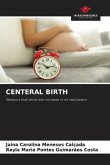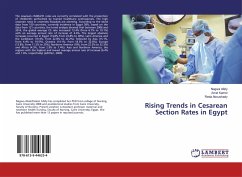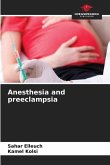Caesarean section is the most common surgical procedure in obstetrics and the oldest in abdominal surgery. Until the 17th century, Caesarean section was an operation exclusively fatal for the mother, indicated to save the life of the newborn. Since then, the surgical technique of Caesarean section has evolved dramatically. The advent of the segmental cesarean imposed by Brindeau in France in 1921 was certainly the most decisive progress in the history of CS. Subsequently, in 1999, Stark introduced the Misgav Ladach technique (MLC). The MLC method, described over 20 years ago, remains the most commonly used technique in the world to this day. More recently, with the concept of woman-centered perinatal care, the return to extraperitoneal approaches is increasingly advocated. The French Ambulatory Cesarean section described by Denis Fauck and Jacques Henri Ravina is quite different from all these techniques combined, as it combines a number of important innovations such as the approach and the method of uterine suture.








